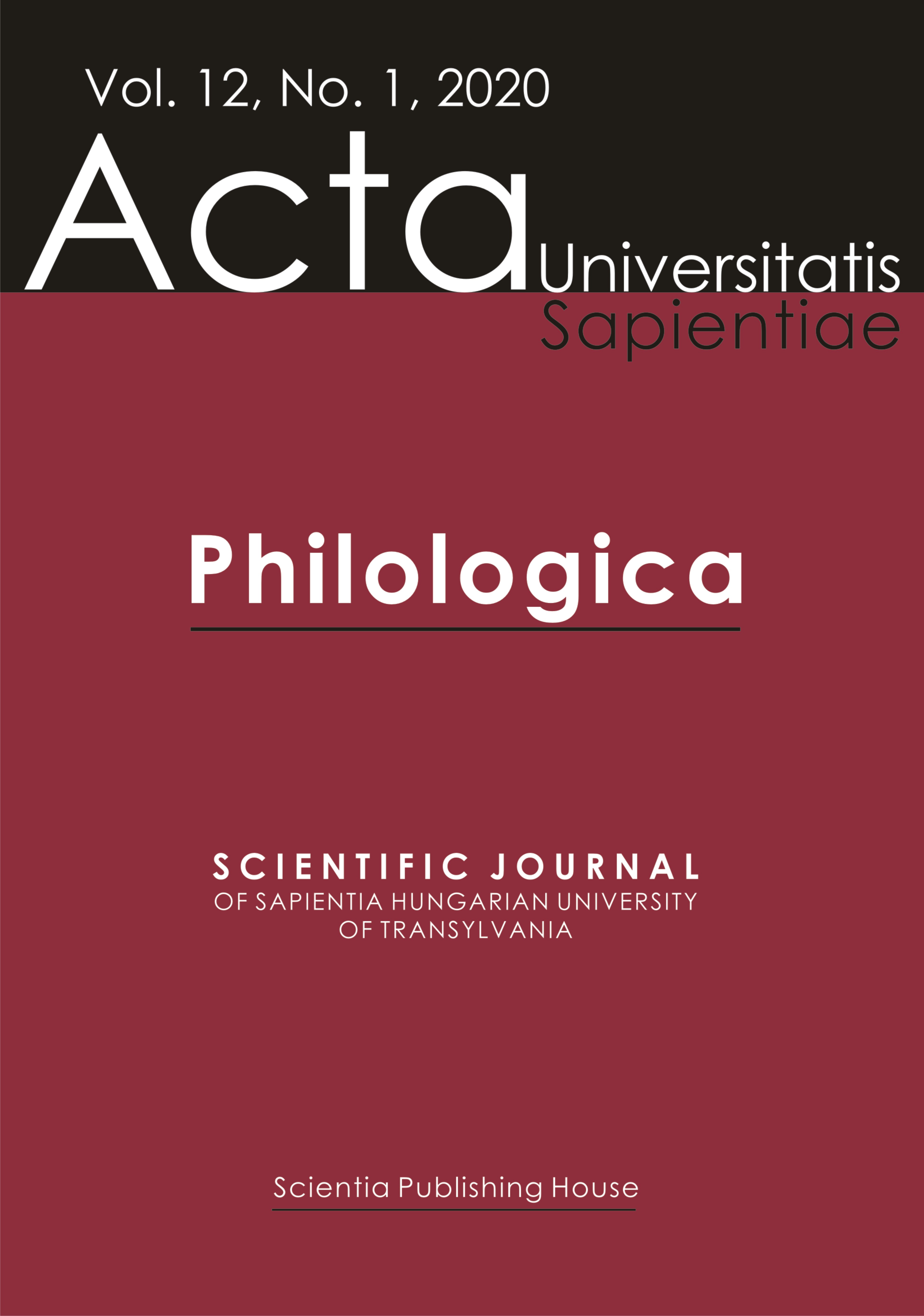Introduction
Introduction
Author(s): Michael McAteerSubject(s): Language and Literature Studies
Published by: Scientia Kiadó
Keywords: Irish writing; Central/Eastern Europe; Austro-Hungarian Empire; Irish─Hungarian relations;
Summary/Abstract: The significance of Central/Eastern Europe for Irish writing from the late nineteenth century may first be identified in three canonical publications: Bram Stoker’s Dracula (1897), Arthur Griffith’s The Resurrection of Hungary (1904), and James Joyce’s Ulysses (1922). Stoker subliminally transposes the historical, political, and religious anxieties that Ireland presented for England unto one of the most remote and oldest regions of Europe, at least from the vantage-point of Stoker’s base in London: Transylvania. Just over seven years after the publication of Dracula, Griffith turns to Hungary as a model for modern Irish nationalists to take up in their goal of Irish sovereign independence. The Resurrection of Hungary would become the founding document of his party, Sinn Féin (Ourselves Alone) in 1905, a small organization that was transformed into the major political driving force for Ireland’s break from British rule, following its massive success in the General Election of December 1918, immediately after the First World War. During the same year in which an Irish parliament sat in Dublin independent of London rule for the first time, 1922, Joyce’s Ulysses was published. The novel includes one of the most widely known characters in European modernist literature of the early twentieth century: Dublin-born Leopold Bloom, whose father was a Jewish Hungarian.
Journal: Acta Universitatis Sapientiae, Philologica
- Issue Year: 12/2020
- Issue No: 1
- Page Range: 1-9
- Page Count: 9
- Language: English

